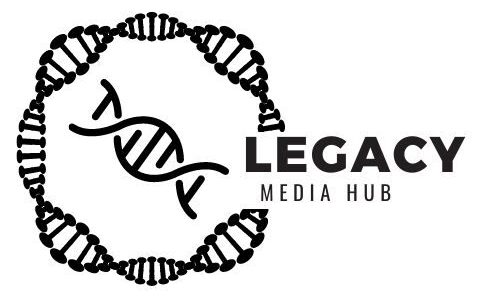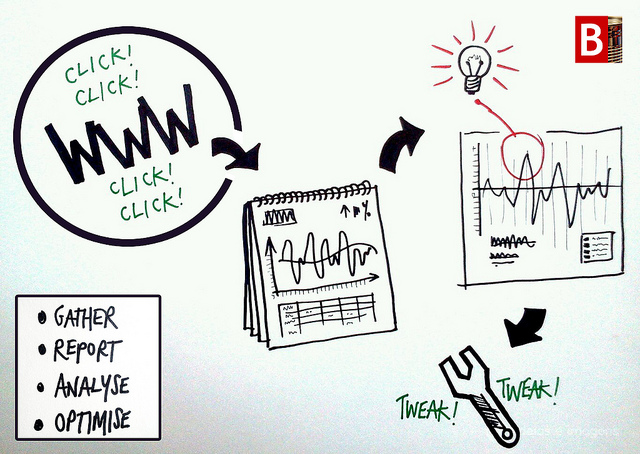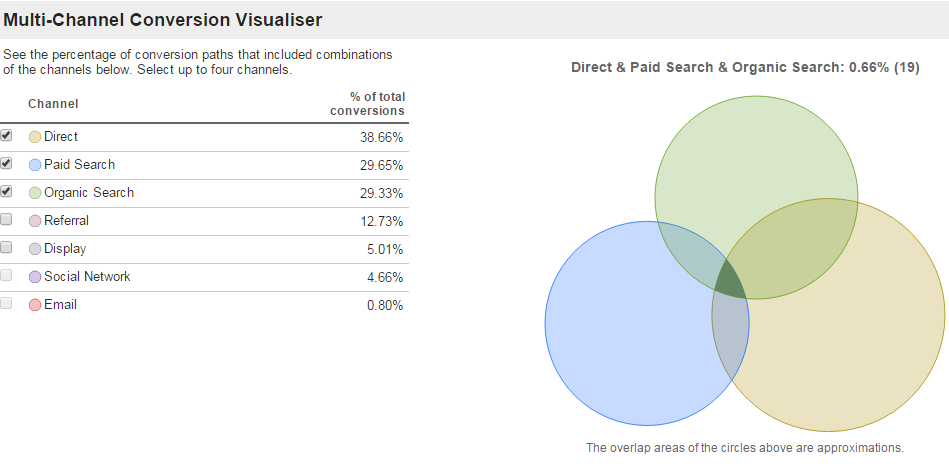Prior to setting up any strategic digital marketing initiatives
Put all your crazy tactical ideas down for a moment, switch off your mobile phone and turn off email notifications from your desktop.
Take the time to think about tracing and tracking all marketing activities for ROI and what that would mean to you and your campaigns and how serving your ideal audience in the best way possible would impact your business.
The big question is how much bang are you getting for your buck?
- How will you measure it?
- How will you monitor it?
- Who will set it up?
- What tools do you need?
- What is your budget for analytics?
- Who is responsible for analysing the reports?
- Do you need external training?
ROI analysis tools need selecting, the minimum requirement is Google analytics linking to each page with goal attribution to landing pages and contact forms tracking campaign conversions.
In an ideal world call tracking numbers should also be utilised for each visitor, all direct mail and advertisements will have special landing pages to track the conversions and success of your campaigns.
Of course, there will be occasions when the prospects may buy and you have no idea how they found your business. (This is when old-fashioned people skills should be used to ask questions).
When you are setting up strategic ROI analysis it is important to remember that you will have assisted conversions (each marketing activity affects the conversion). Social media channels, AdWords organic search, direct mail campaign, email campaign, trade show, banner ad, telemarketing face to face visits etc have an impact on why the client buys.
If the time is spent to set up analytics correctly in the first place you can attribute certain campaign tactics to be more responsible for conversion than others.
Accurate analysis should be set up using Google Analytics, but remember you should also ask your customer service teams to ask the new clients as there may be an outside reason not known to your marketing team for their purchase. As you can see from the diagram below it is good to get a picture to see which channels are affecting conversions.
Specialist social media listening and nurturing tools should be ideally setup prior to moving forwards to grow your digital presence and brand awareness. Choosing these listening tools is something that can be done prior to considering your marketing and social automation tactics.
It is crucial to find out if social media and content marketing are delivering tangible value, in order to do this other specialist dashboards and expertise is needed to set these up.
Do you even know who really wants to know about your products and services?
Businesses using ‘social listening’ are now reaping the rewards. They are finding the right people who want the exact products and services when they need them.
Having used search engines such as Google, and others, people hate wasting time checking out irrelevant websites and forums. More and more are turning to social sites to ask specific questions, but generally still do not find what they need to make relevant informed buying decisions.
Once these tracking technologies are in place and the information is gathered by an expert, then fit for purpose technologies should be setup and deployed.
Some important implementations, enabling lead nurturing (Warning careful planning and monitoring needed)
- A CRM should automatically input data from prospects who have registered their email addresses. (Choose carefully integrations are key) Zapier app can be used for these
- A social crm should also be implemented to nurture and connect all the pieces of the puzzle (most crms are not social)
- A thank you page must be used after the registration page or after a download of a white paper, (of course with startups different boot strapped tactics apply)
- Lead scoring methods need setting up, to assist your sales teams with saving time on unqualified leads
- Email marketing needs setting up into separate strategic funnels which take expert planning
- Re-marketing tactics and social nurturing methodologies should be employed carefully after utilising the ISP addresses and emails of the visitors
- Telemarketing should be deployed within certainly 4 hours but potentially 1 hour after the target conversion (ie downloading a technical white paper or attending a webinar) based upon testing.
Monitoring the effectiveness and A/B testing of campaigns is key to maximising campaign ROI and reducing the campaign delivery investments.
Lots of businesses have embraced the use of data analysis and the organisations that are fully integrated are now reaping the rewards. “Digital masters are 26% more profitable” Quote Cap Gemini
The ones that have started working on planning out their complete “Strategy” as opposed to short-term “Tactics” are light years ahead.
Thanks for reading if you like my writing style and would like to stay up to date with my world of marketing, branding and business then please subscribe above to my blog or comment below.



Tracking every single activity would be great, but yet not achievable. Prior to thinking about tracing and tracking all marketing activities for ROI, you should think about your marketinggoals and their KPI’s. Then you know what’s really important to measure and track and trace.
Hello Jan, thanks so much for taking the time to read my blog.
In most instances tracking ROI is possible and can be certainly traced more effectively for paid advertising. Of course the classical methods are more difficult and hence why I mentioned sales and customer service departments should ask the clients or customers why they purchased.
Starting with the KPI’s of campaigns is crucial but without setting up the basics of Google analytics can be a distraction for the marketing team.
Kind Regards